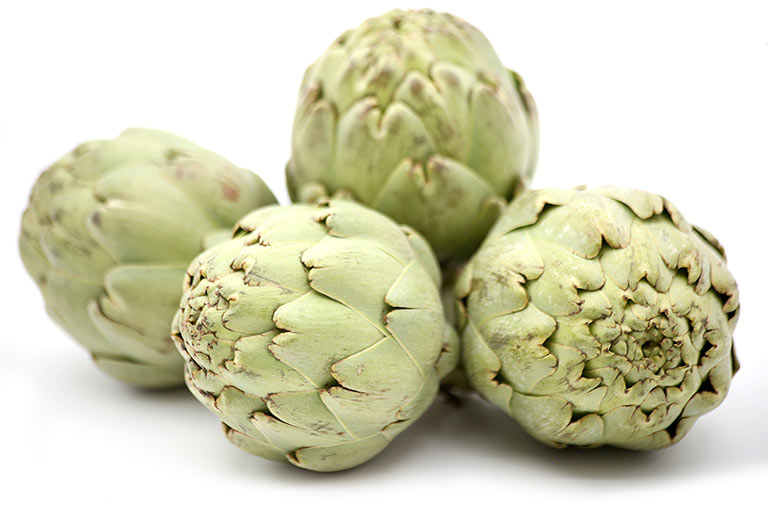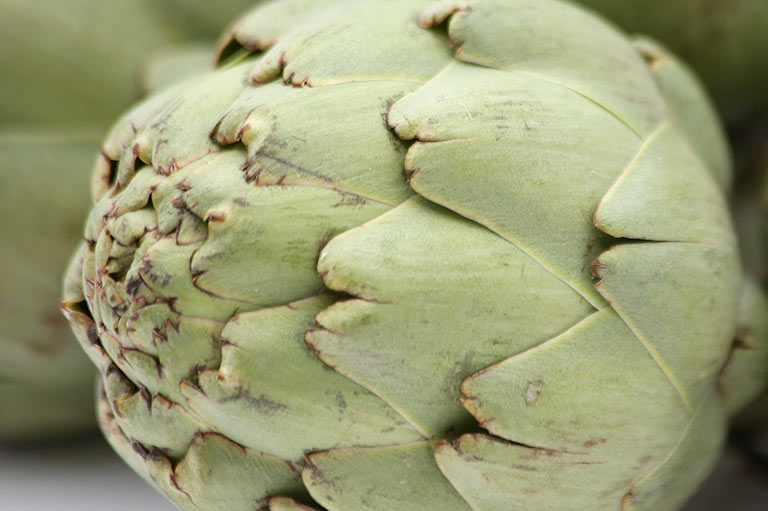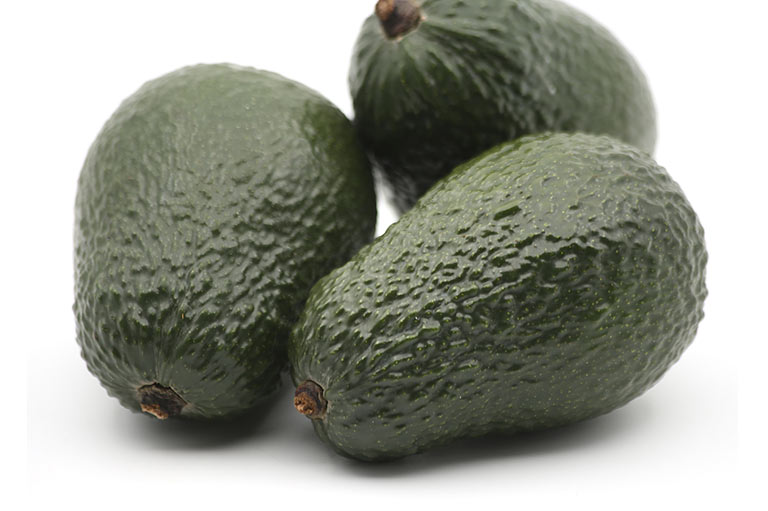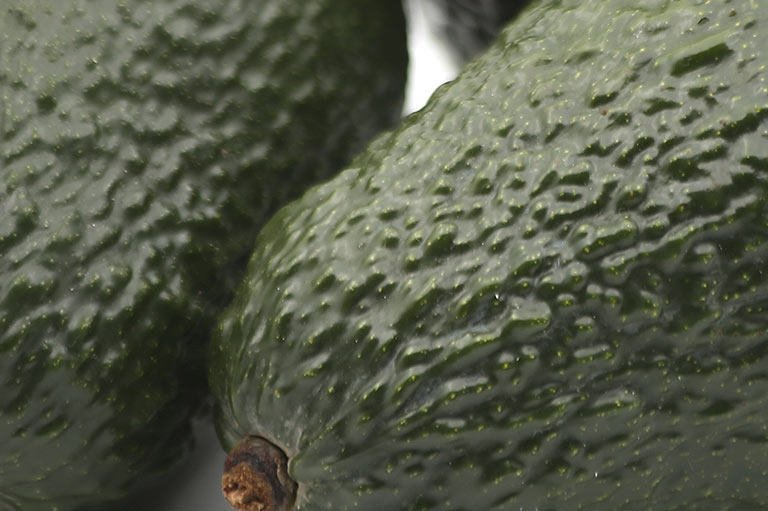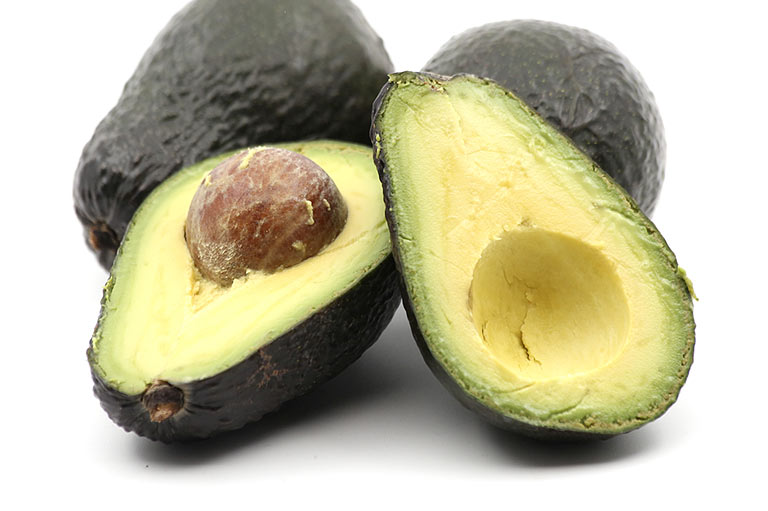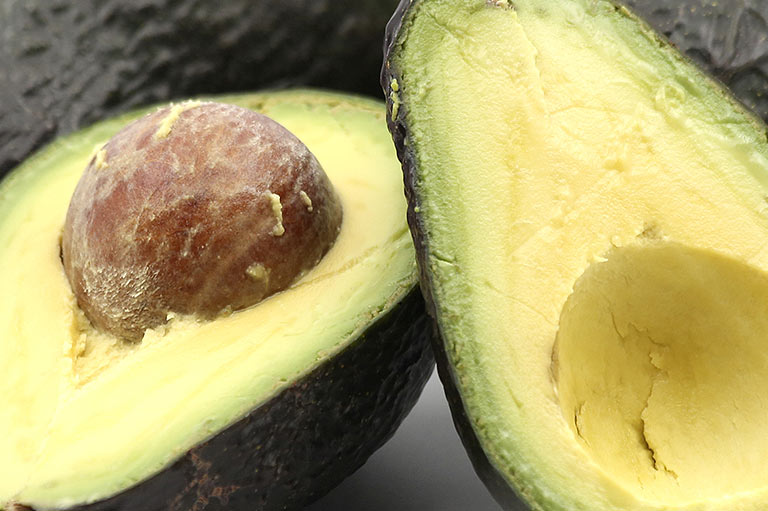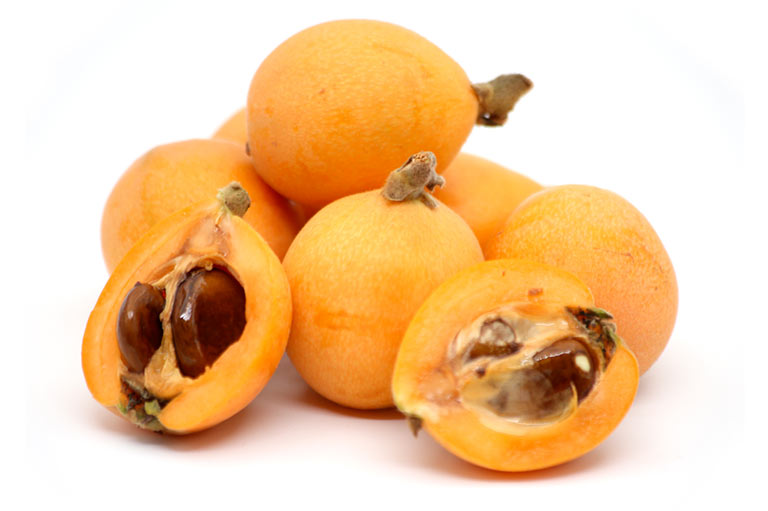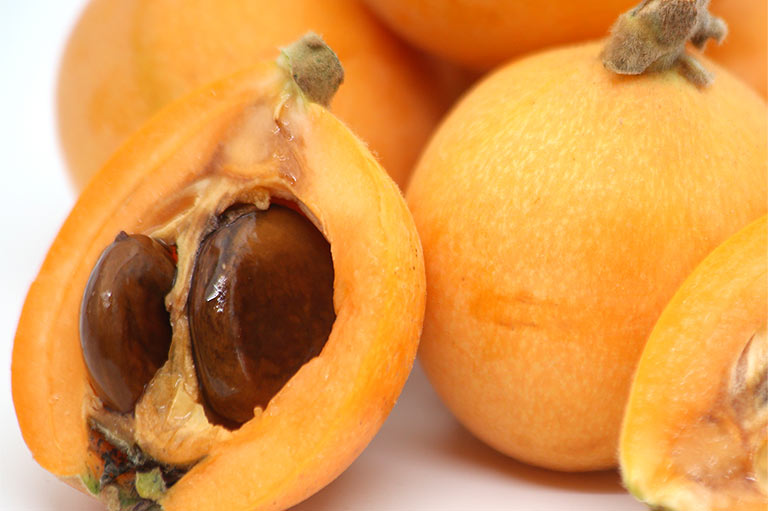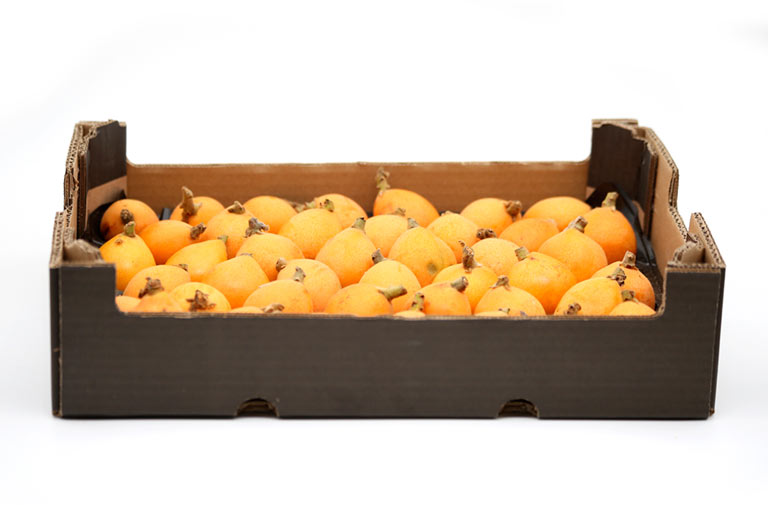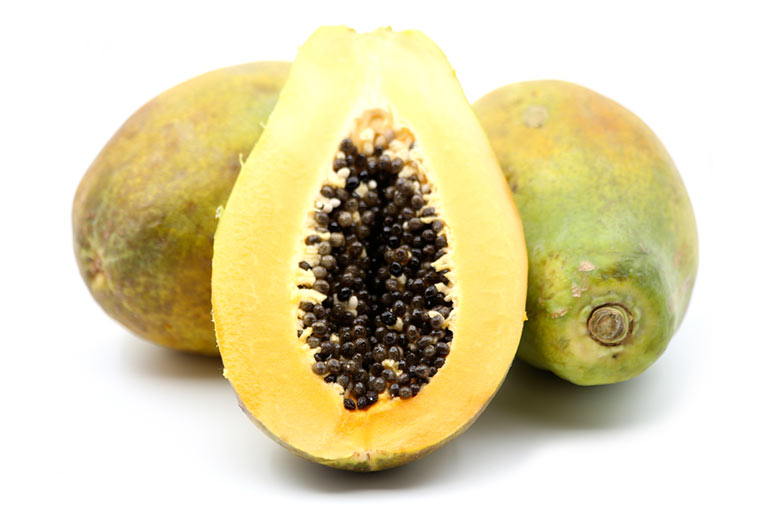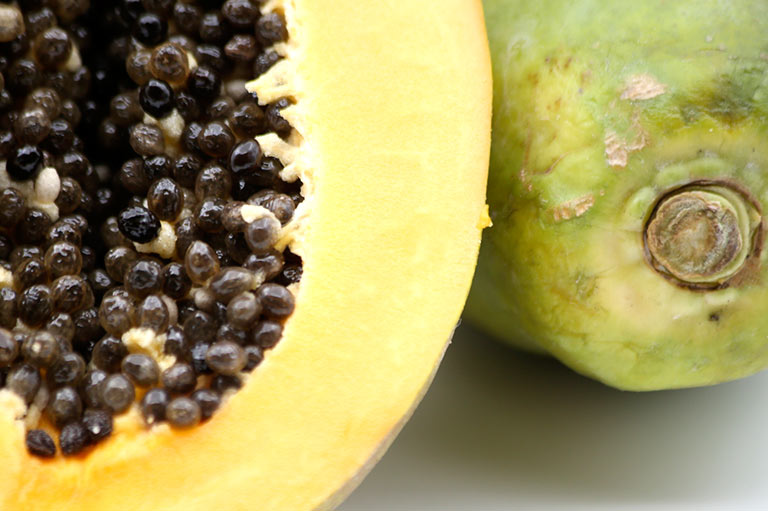April
Outside the fields are blossoming, insects are busying themselves and returning birds criss-cross the sky, announcing the arrival of better weather. All that is missing is the spring rain; these months are a constant source of concern for small-scale farmers, who look to work in balance with nature.
The stone fruit season is beginning. The loquat, our first stone fruit tree, is already with us, and production of papayas increases as the temperature rises. April is also the month when many trees blossom; cherry, plum, apple, peach… each announcing to the bees that it’s time to get to work, if there’s to be honey in the hive and fruit on the table this summer!
Artichoke
Available December – May
The artichoke originated in the Mediterranean and North African region, with the Spanish name alcachofa coming from the medieval Andalusi Arabic al-kharshūfa. It is a perennial plant, a variety of the thistle family, which can grow up to a metre high and develops a large flower head that is only partly-edible (the heart in the centre of the head and the insides of the petals can be used). If you wait too long and don’t harvest the head blue or violet flowers appear, at which point the artichoke becomes excessively hard and bitter, and loses its culinary qualities.
The artichoke is a very special food, with the highest levels of antioxidants found in any vegetable. It also contains cynarin, a natural chemical that will modify the flavour of any drink and food it is paired with, making them sweeter, fruitier and more intense.
This makes artichoke an ideal accompaniment to drinks with a marked taste, citric or smoky touches: fino sherry, manzanilla, vodka, Belgian wheat beers, or white wines long-aged in old barrels and with some extra years in the bottle. This most presumptuous thistle does not accept just anyone as a dance partner!
Lamb Hass Avocado
Available April – June
The main difference between the Lamb Hass and Hass avocado varieties is in the timing of the growing season; Lamb Hass ripens later, an advantage to farmers who have traditionally only grown the Hass variety but can now continue production further into the year.
It comes from a very vigorous tree with horizontal branching giving it a shape similar to a crown, which can grow high (up to 7 metres) and wide (up to 5 metres). Its leaves are a darker green than Hass, and it is a tree with more regular production, another quality that makes it attractive to growers (it shows less ‘alternate bearing’, an on-off cycle that results in a large crop of small avocados one year, followed by small crop of large avocados the next).
Lamb Hass has just the right healthy fat content to produce a wonderful, juicy texture. This, together with its smaller stone makes it easy to spread and an ideal ingredient in guacamole, sauces and smoothies. And there are health benefits, too! Avocado’s monounsaturated fats help regulate cholesterol, it has anti-inflammatory properties, is rich in vitamin E, minerals and vitamins, protects cardiovascular health and is often recommended to pregnant women due to its high levels of folate and potassium.
Loquat
Available April – May
The loquat (Eriobotrya japonica) is a fruit tree belonging to the Rosaceae family. It originated in southeast China and was introduced to Japan over 1,000 years ago; some Japanese varieties were first brought to Europe for ornamental use during the 18th century.
The loquat is a messenger, warning us that it’s time to say goodbye to the citrus fruits: spring is coming, stone fruit season is starting! And we have to be fast, as with a season only covering April and May they disappear as quickly as they arrive.
Many people love loquat for its unique tart and sweet flavour. It is also a healthy choice; with around 6-8 calories per raw loquat it has practically no fat or protein, its main components being water and carbohydrates. Loquat makes a good substitute for stone fruits in recipes such as milkshakes, smoothies or ice cream, and it is a great ingredient in sweet and sour sauce or chutneys. Loquat can also be used to make desserts such as jellies, sponge cakes and tarte tatin, either on its own or combined with fruits like apricots and strawberries.
Papaya
Available June – April
Although the papaya’s exact country of origin is unknown, everything points to it being a native of southern Mexico and Central America. The first European to encounter the papaya was probably Hernán Cortés, when the fruit was included in a banquet offered to him by the Aztecs. Following the Conquests the Spanish spread papaya first to the Caribbean, then the Philippines and Asia. European colonists had introduced it to Africa and the Old World by the mid-17th century.
The fruit grows on a tree which can reach up to ten metres in height, with a hollow trunk and no branches; its thick crown is formed only by leaves stemming from the trunk. All papayas grow and hang from leaf axils – the places along the trunk where leaves also develop. Types of papaya vary; some are large and elongated, others are smaller and resemble a flattened pear in shape.
Christopher Columbus translated papaya’s Carib name ababi as “fruit of the angels”, and considered it a remedy for constipation and indigestion (due to natural digestive enzymes papain and chymopapain). But papaya is not only helpful for the digestive system; a high water content of between 80 and 85% makes it a good diuretic, and it is packed with vitamins A and C, which can boost the body’s immune system and improve skin health.
